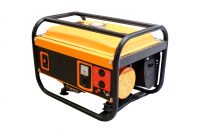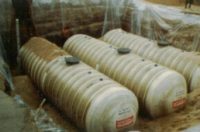8 Issues Your City or Town May Look for in Partnering for Stormwater Control
What Is a CBP3? The EPA has been promoting CBP3 programs to help municipalities meet their stormwater management program needs. A traditional P3 is a performance-based contract between the public sector and the private sector to arrange financing, delivery, and typically long-term operations and maintenance of public infrastructure. The CBP3 includes many features of the […]









